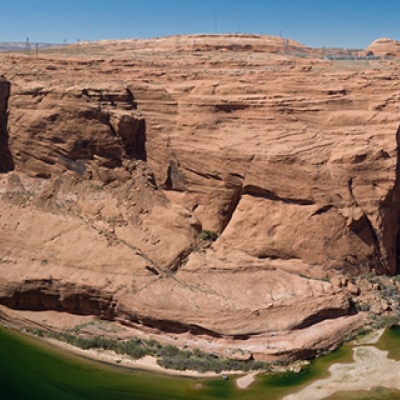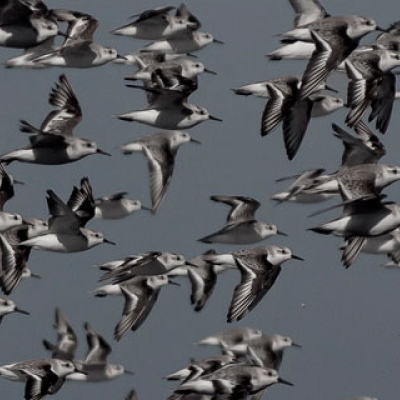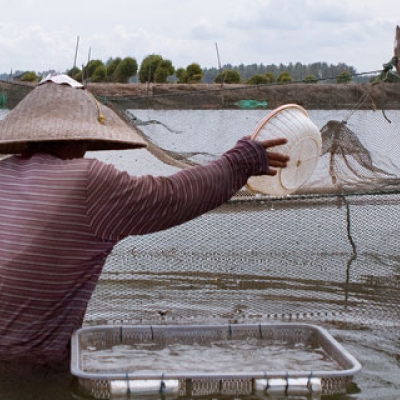
Historic Temperate Rainforest Agreement Down to the Fine Print
By Dominick A. DellaSala / On August 22nd, 2011
After 30 years of controversy that tore at the social fabric of Tasmania, the federal and Tasmanian governments of Australia finally signed the Tasmanian Forests Intergovernmental Agreement to provide support and funding that will help the timber industry transition out of native-forest logging and will protect the region’s high-conservation-value rainforests. In sum, the government will provide much-needed financial support for workers and contractors to cease logging native forests while it takes legal steps to protect these forests as formal reserves similar to national parks.






